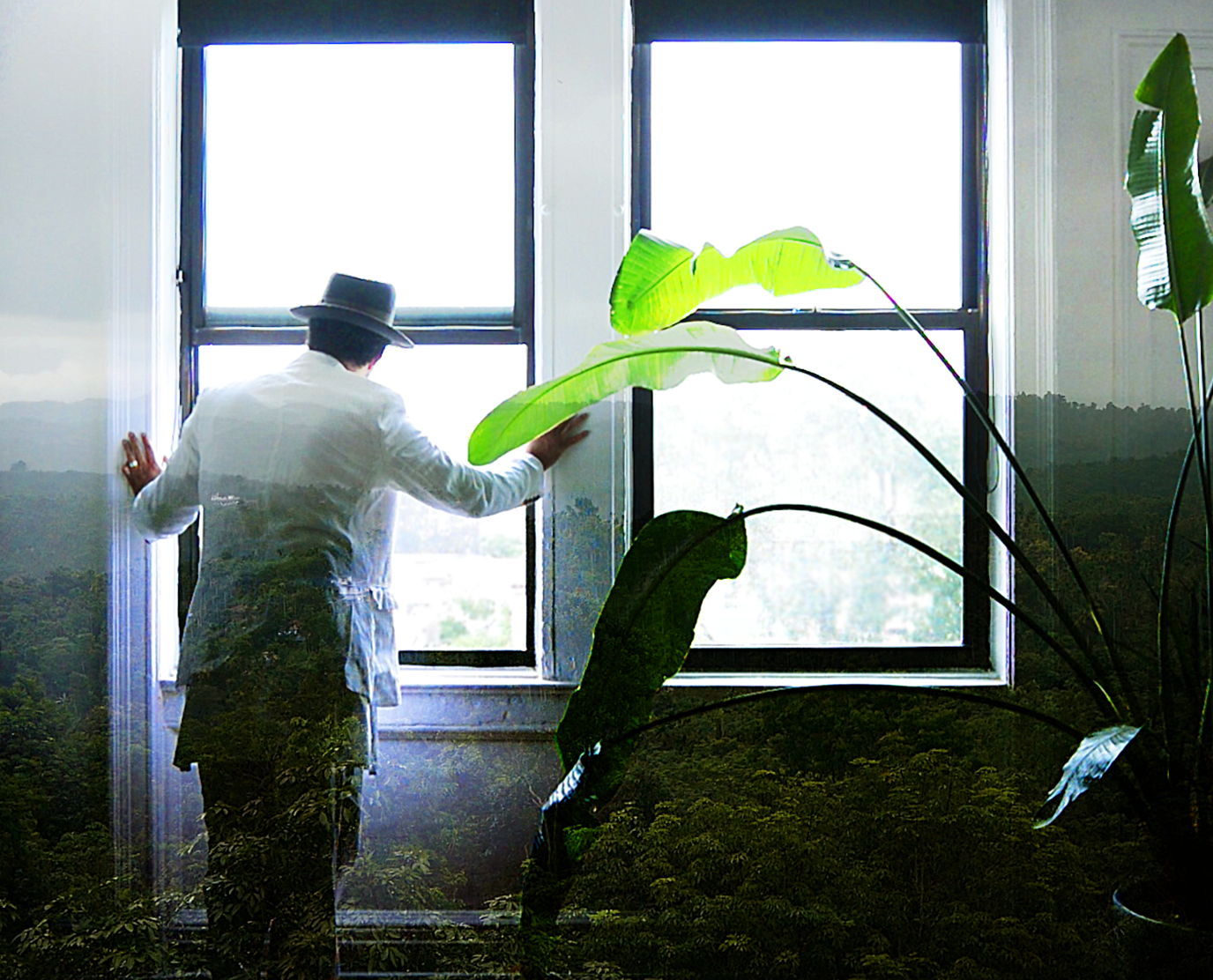Priyanka Dasgupta & Chad Marshall: Along 155th Street, Where the Windows Face East
In their collective, research-driven practice, artists Priyanka Dasgupta and Chad Marshall consider the enmeshed lives and histories of Black and South Asian communities that existed in Harlem, in veiled forms, in the early–mid 20th century. Many who journeyed from the subcontinent to the United States in the early 1900s settled in Harlem, including the vibrant and predominantly Black neighborhood of Sugar Hill. Amidst deeply racist Asian Exclusion laws, which existed in the nation in this period, some recent immigrants formed alliances and families with their neighbors, and passed as Black. Dasgupta and Marshall’s practice animates these largely unwritten social histories, through a practice of storytelling and “parafiction,” where historical and imagined realities overlap. Drawn from archival research—as well as their own intersecting heritages and experiences—in this exhibition the artists conjure Bahauddin “Bobby” Alam: a Bengali sailor turned jazz musician, who might have lived as an artist in the area surrounding the museum.
Along 155th Street, Where the Windows Face East translates Alam’s 1950s living room and interior world into the gallery, through the likeness of a “period room” that one might encounter at a cultural institution. Alam’s apartment is scaled after Dasgupta and Marshall’s own home, located in a historic building off 155th street—the same block as the museum—where renowned cultural figures from the Harlem Renaissance once lived. The environment appears as if Alam has just returned from a musical tour, having traveled from New York back to India, and his native Bengal. Every element of the domestic space is designed to reflect Alam’s Indian roots and adopted Blackness. A vintage steamer trunk lined with Patachitra—a form of Bengali scroll painting—narrates Alam’s personal history and travels, as a mythological tale. A sofa and chaise, covered in damask fabric, contain abstract patterns of the sea and a British steamship, where Alam once worked. A vintage radio plays recordings from Alam’s band—songs from the WWII-era “Jubilee” radio program, broadcast for Black soldiers to boost morale.
Directionally, the installation—like Dasgupta and Marshall’s own apartment—is oriented towards the east, where a new immersive video is projected. Recorded between the artists’ apartment overlooking Jackie Robinson Park, and the forested ghats of India during the monsoons, the video collides two worlds. At certain intervals Alam appears, a phantom-presence in a white suit, peering through the window while the sound of jazz, in the midst of composition, fills the room. We see Alam at home, and homecoming.
Curated by Allie Tepper With special thanks to Damien Davis for his early support, and to Ratnaboli Bose, Jharna Chitrakar, Bryan Reeder, Rob Adkins, Mike Davis, Glenn Crytzer, Richard Lin, Shagun Singh, Janyce Marshall, Ishaan Dasgupta, and Pradeep Dasgupta for their contributions to this exhibition.
ABOUT THE ARTISTS
Priyanka Dasgupta and Chad Marshall are New York-based artists who have been collaborating since 2015. In their collective work, they develop immersive installations that delve into the gaps between history and storytelling, to consider the dynamics of power and privilege in the United States. Recent exhibitions include: Gathering, FiveMyles, NY (2023); Uptown Triennial, Wallach Art Gallery, Columbia University, NY (2020); The Immigrant Artist Biennial: Mother Tongue (2020); Pigeonhole, Knockdown Center, NY and Dodd Galleries, UGA, Athens (2019); Paradise, Wave Hill, NY (2018); and In Practice: Another Echo, SculptureCenter, NY (2018). They have participated in residencies at Smack Mellon and Abrons Arts Center. Dasgupta and Marshall’s work has been reviewed in publications including Frieze, Cultured Magazine, Pix, and Queens Chronicle. They are recipients of the Smithsonian Artist Research Fellowship, 2019–20.


